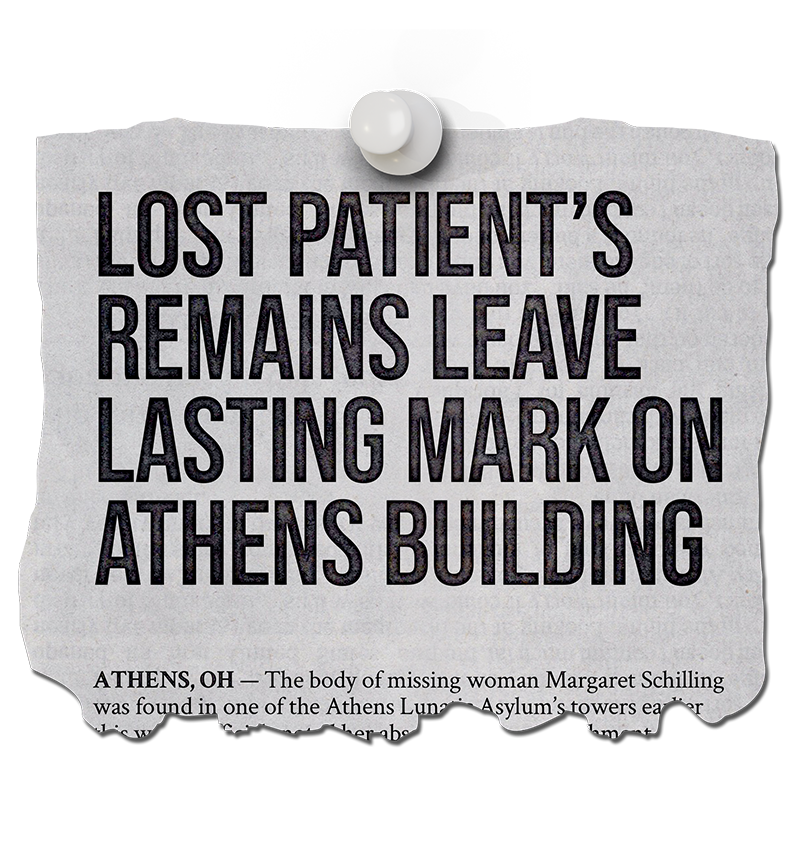
It was a frigid December night when Margaret Schilling, a patient at the Athens Mental Health and Development Center, failed to check in for dinner. Her absence raised what the staff called a “Code Brown,” initiating the employees to conduct a detailed search of the sprawling 700,000 square foot building. Despite their efforts they were unable to locate Schilling, who had absconded to the top floor of a tower that could only be reached by a narrow stairway and was isolated from the heat that warmed the other floors and protected the other patients and staff from the biting cold. It would be months before Schilling’s decomposed body would be found, her remains leaving a corporeal mark that would fascinate historians for years to come.
The Athens Mental Health and Development Center, a facility that is now known as The Ridges, was built in 1874. The main building is a towering brick structure that at it’s peak served more than 1,800 patients. Some of the first patients were those who suffered post-traumatic stress disorder as a result of conflict experienced in the Civil War and farm women who were struggling with raising large families. The Ridges is remembered by historians for it’s use of lobotomy and electro-shock techniques in treating patients, methods that were later criticized for their irreversible effects. For those who died as patients of the hospital, a cemetery behind the facility was used as a permanent resting place. Residents who were not claimed by family members were buried in a plot marked with a small headstone omitting their name and listing a number in its place.

Construction of The Athens Mental Health and Development Center took six years to complete. The massive property, pictured above, sat on 700 acres of land that included farms, lakes and walking trails. Archival image courtesy of George Eberts.
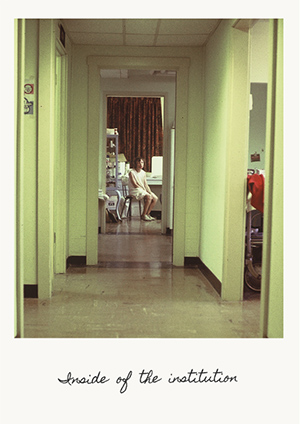
A rare image of a patient inside of their room, most existing archival images of The Ridges were taken in the dining or living areas which hosted social events for residents. Archival image courtesy of George Eberts.
The building was originally designed as a facility that could house patients in one of two wings where they were divided by gender. The architect was influenced by the theories of Thomas Story Kirkbride, a physician who wrote the book On the Construction, Organization and General Arrangements of Hospitals for the Insane a text that emphasized the importance of exposure to natural light and air circulation when treating the mentally ill. This design resulted in a bat-wing type design that stretched across the grounds in two directions. Each end of the building was topped with a tower, a place that was hard to access unless you were able to locate the service stairway. It was a night in December when Schilling came upon that stairway, left open by workers who were servicing the aging property.
The Science Behind The Stain
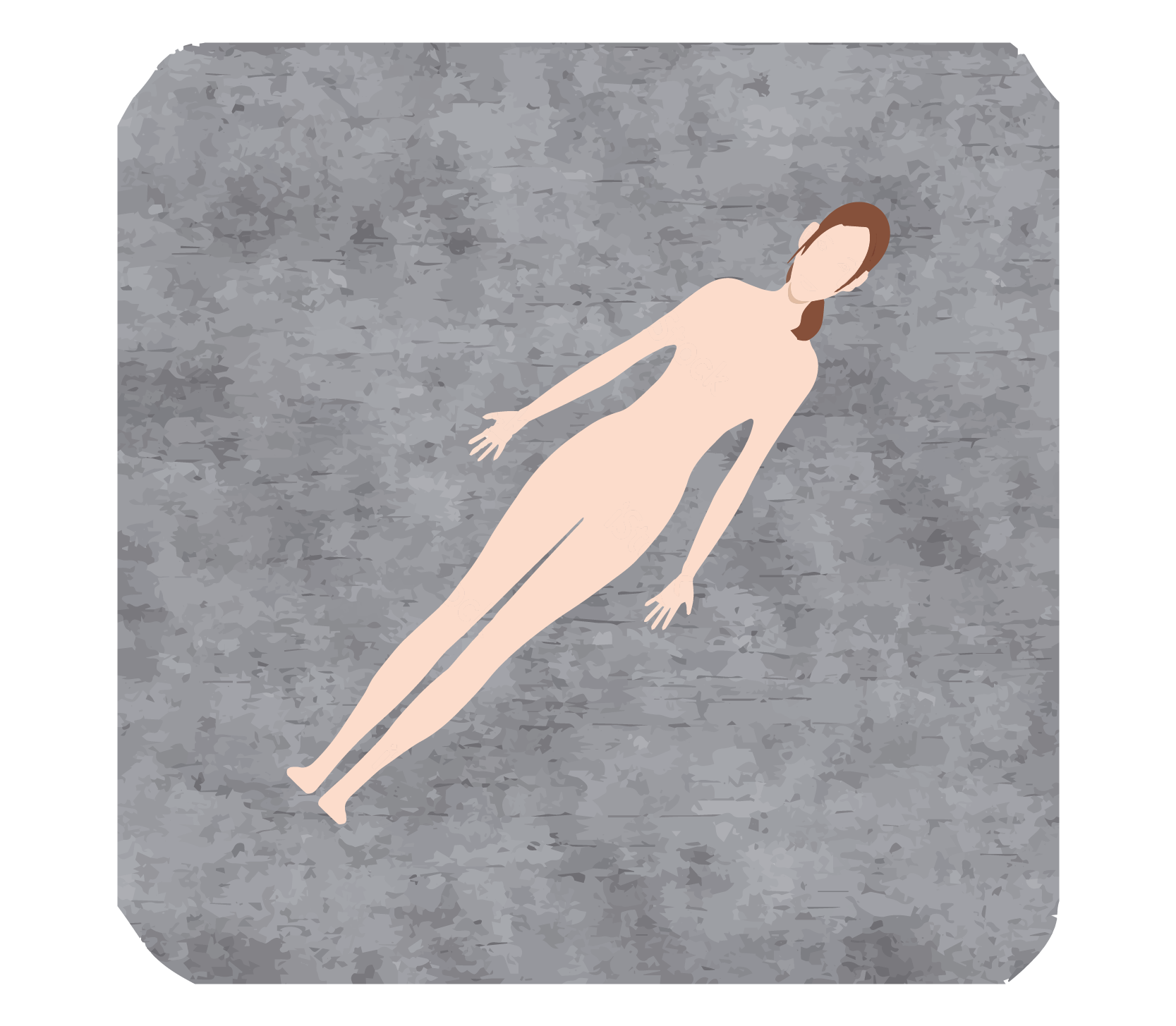
Margaret Schilling’s body was found lying naked on the concrete floor more than a month after her disappearance.
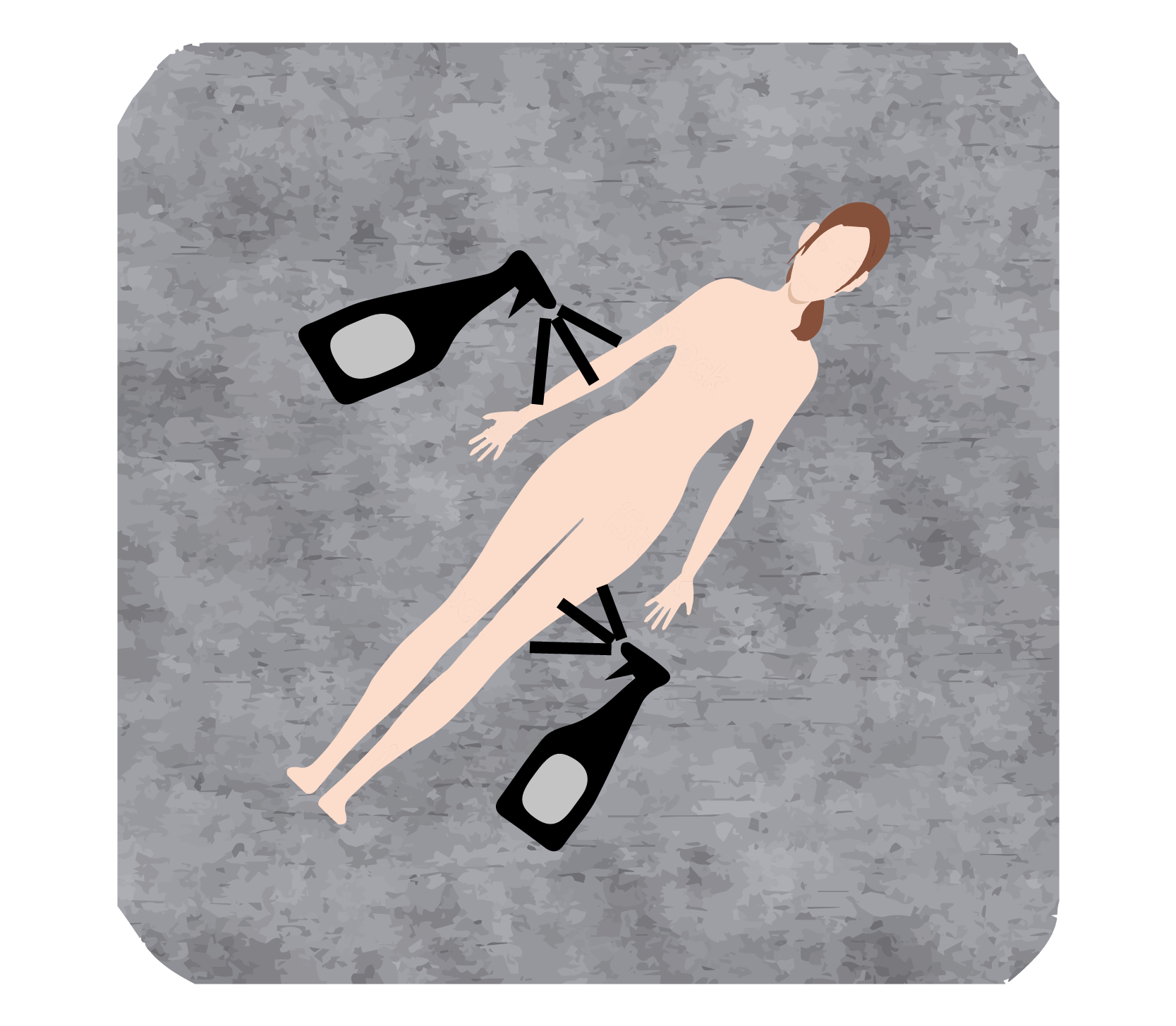
After her body was removed, an outline of Margaret's body was visible on the concrete. Acidic cleaning products were then used to clean the area.
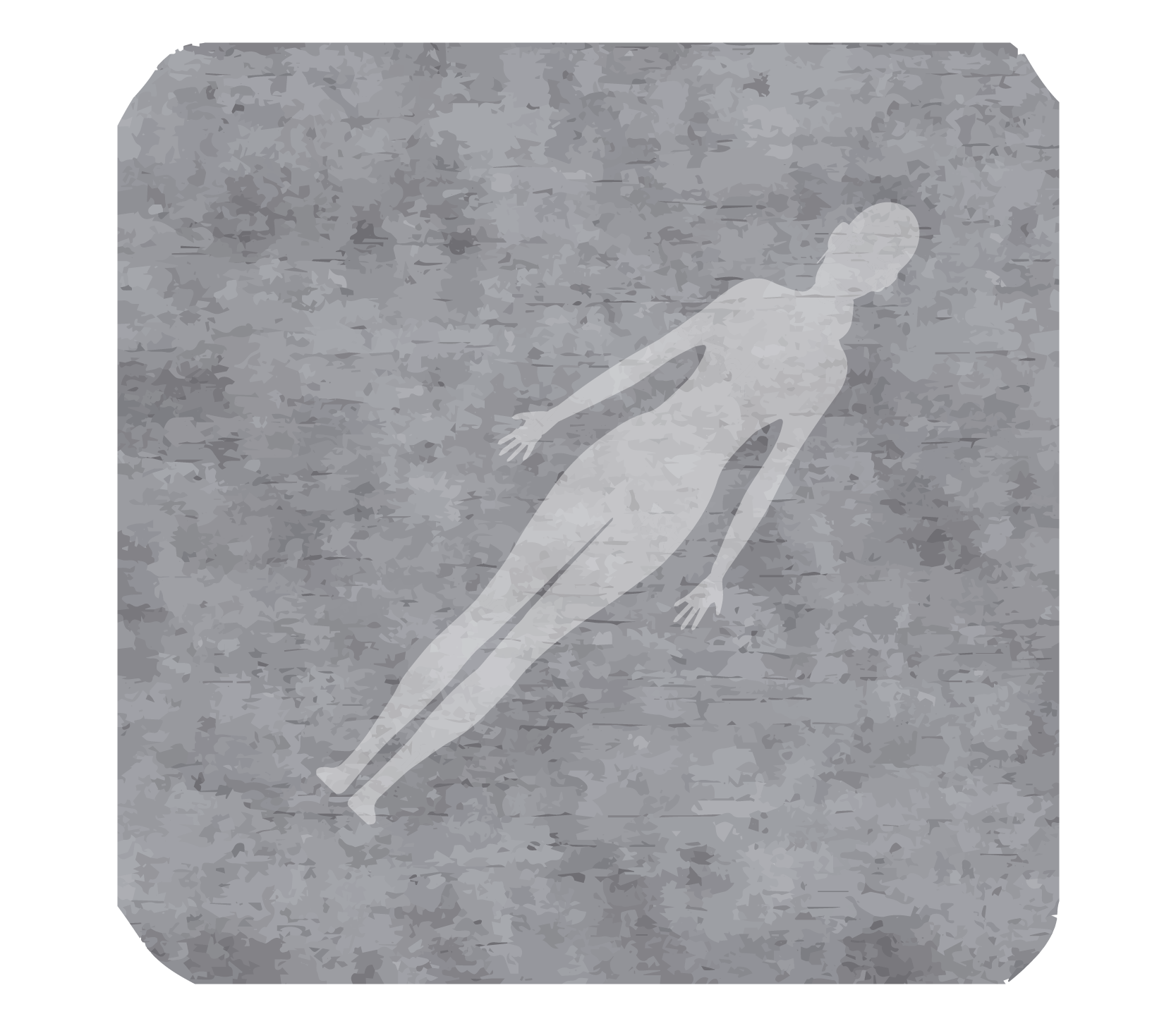
However, The Stain, which is believed to have been caused by chemical reactions that occured as a result of decomposition, remained.
George Eberts, an Athens resident who once worked at the Athens Mental Health Center, remembers the night that Schilling disappeared. “Night shift came in, not much you can do when it's dark outside. The police organized another whole nine yards grid search much more, much better staffed this time, and with daylight to work with so they went through the attic and the basement and the abandoned buildings and the outside and they had no luck finding this lady. So, the police at that time abandoned the search.” Eberts has memories of Schilling as a woman who he would see during his shifts at the Hospital.
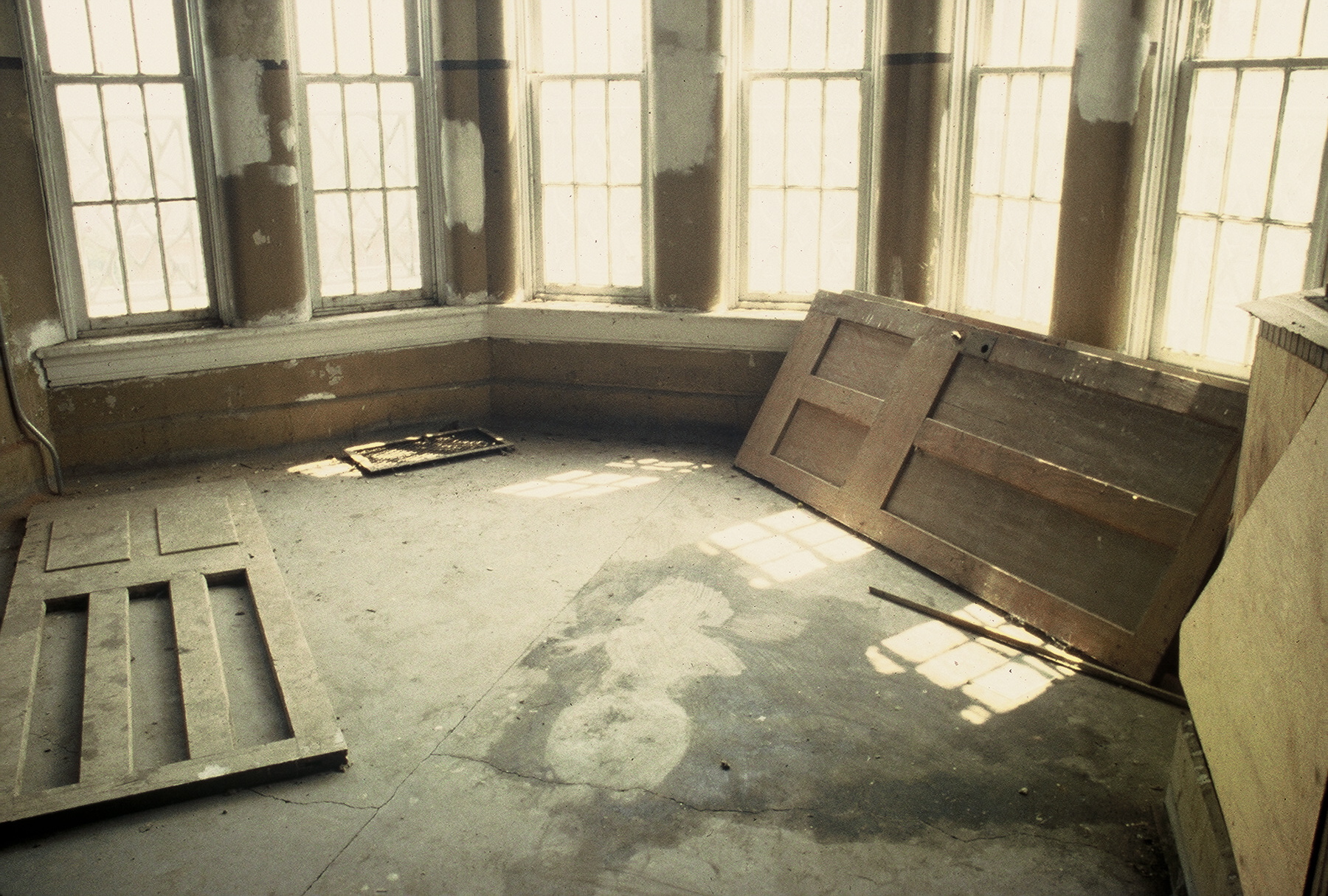
The imprint left by Margaret Shilling's body, commonly referred to as "The Stain", is still visible to this day. It is said that if one touches The Stain, they'll become the victim of a lingering curse that brings misery, misfortune and untimely death. Archival image courtesy of George Eberts.
It would take 42 days from the time of her disappearance for Margaret Schilling’s body to be found by a maintenance worker on the top floor of a ward that had long been closed off from the rest of the building. Her official cause of death was heart failure, it was not possible to tell how long she had been isolated there before she died. Her remains were found in an area where the sun made direct contact with her body. She was found nude with her clothes folded neatly beside her. Because of the extensive amount of time that had passed and extreme temperature conditions her body had decomposed into the flooring and created an outline of her shape that was impossible for custodial workers to clean away. Schilling’s remains were then named “The Stain” in Athens lore as a way to refer to her permanent impression her body left on that lonely, isolated corner of The Ridges.